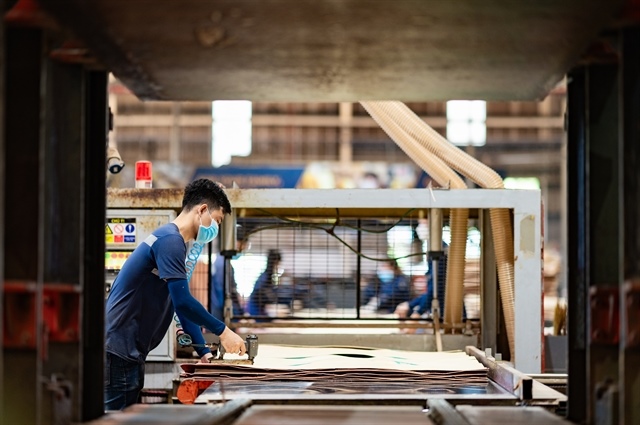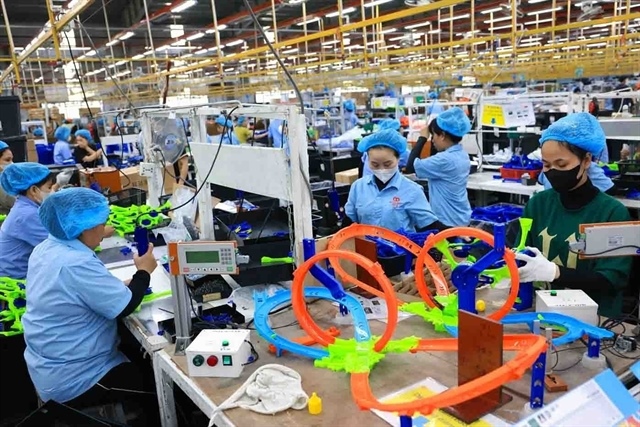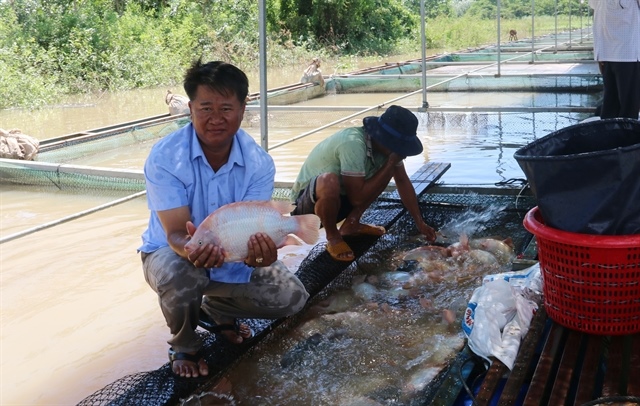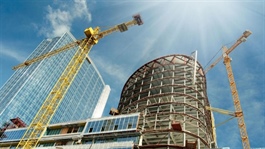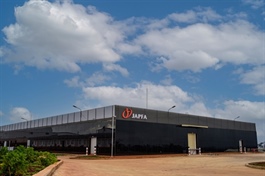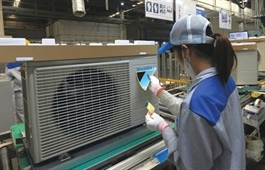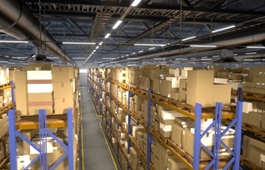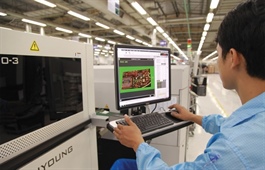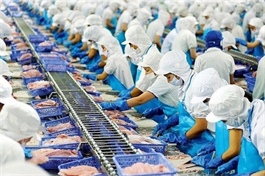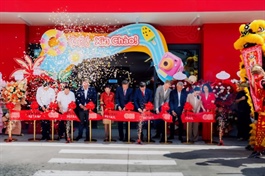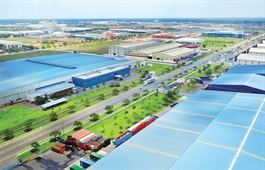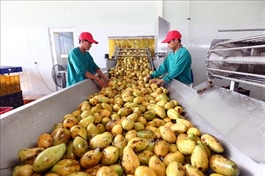Officials acknowledge vehicle emission change complexities
Officials acknowledge vehicle emission change complexities
As Vietnam moves to tighten environmental standards in line with its carbon neutrality goals, rules on emission requirements for vehicles are drawing debate over its legal structure, technical feasibility, and economic impact.
The Ministry of Agriculture and Environment (MoAE) has proposed that, starting 2026, automobiles with internal combustion engines manufactured from 2017 must meet at least Level 3 emission standards nationwide. By 2028, vehicles from 2022 onward would be subject to Level 5, the most stringent threshold under Vietnam’s current framework.
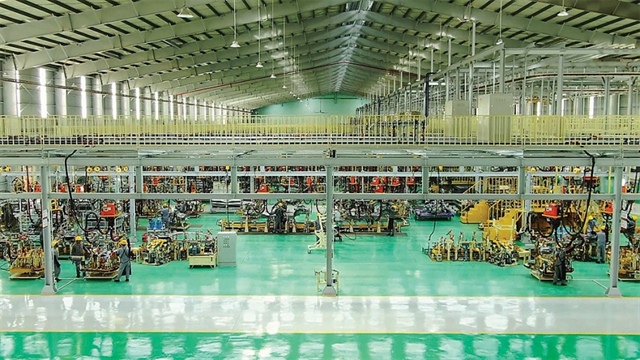
Changes to emission standards for vehicles must be applied gradually and on a geographical basis, Le Toan |
However, the proposal singles out Hanoi and Ho Chi Minh City for earlier enforcement. Vehicles registered in these cities with model years from 2022 must meet Level 5 by 2027, a move aimed at reducing air pollution in high-density urban areas.
This provision has triggered concerns from the Ministry of Construction (MoC), which has formally requested that the prime minister remove the regulation based on vehicle licence plates in Hanoi and Ho Chi Minh City, as stated in Article 4 of the draft decision.
Instead, the ministry suggests emission standards should be applied geographically and gradually, based on urban density and infrastructure readiness.
“The proposed framework may lead to inconsistencies where higher-standard vehicles could be restricted, while lower-standard vehicles continue to operate, depending solely on registration location,” the MoC noted in its submission.
Under the proposed alternative roadmap, vehicles operating in inner urban areas of centrally governed cities would be required to meet Level 3 emission standards from 2026, Level 4 from 2028, and Level 5 from 2030. In suburban districts, Level 2 would apply from 2026, followed by Level 3 in 2028 and Level 4 in 2030.
In other regions, vehicles manufactured before 1999 would be subject to Level 1, and those produced from 1999 onward would face Level 2, with full implementation by 2028.
The MoC also proposed delaying the effective date of the regulation to January 1, 2026, citing the need for time to amend related laws, upgrade inspection infrastructure, and allow vehicle owners to prepare financially and technically. The MoAE later confirmed it would delay implementation by at least 45 days after signing, in accordance with legislative procedures.
Meanwhile, rising air pollution in urban centres has intensified the urgency of stronger vehicle regulations. According to Hoang Van Thuc, director general of the MoAE’s Environment Agency, Vietnam is finalising a national action plan for managing air quality and combating pollution for the 2025–2030 period. The plan aims to mobilise coordinated action across government agencies and is currently under inter-ministerial consultation.
“In cities like Hanoi and Ho Chi Minh City, these days account for roughly 35 per cent of the pollution season, with Hanoi recording up to 47 days of unhealthy air quality in a year,” Thuc said.
According to Thuc, traffic remains the dominant source of urban air pollution. “Much of the pollution originates from transportation, both from exhaust and from road dust stirred up by vehicle movement, particularly from outdated vehicles with low emission standards still in circulation,” Thuc added.
Local officials also acknowledge the challenges of implementation. Nguyen Xuan Dai, director of Hanoi Department of Agriculture and Environment, said the city supports moving from policy design to action planning.
“But this must be backed by clear, realistic measures and policies,” he added. “Traffic-related emissions account for around 23 per cent of total pollution, but vehicles are also vital to livelihoods. It’s not enough to rely on administrative orders. Without support policies, such as subsidies for electric vehicles or fuel conversion, transition will be difficult.”
He suggested a phased replacement strategy. “We need targeted support to help residents switch from old motorbikes to electric models. That’s how we build a sustainable and clean transportation system in the city,” Dai explained.
At the regulatory level, Vietnam earlier this year defined specific technical limits for carbon monoxide, hydrocarbons, and smoke opacity, using ISO-standard measurement methods. Vehicles must undergo testing at certified facilities equipped to national specifications.
While the updated rules are intended to align environmental protection with public health, their success depends on effective implementation, inter-agency coordination, and the availability of financial and technical support for vehicle owners and businesses affected by the shift, Dai added.
- 10:01 18/07/2025


